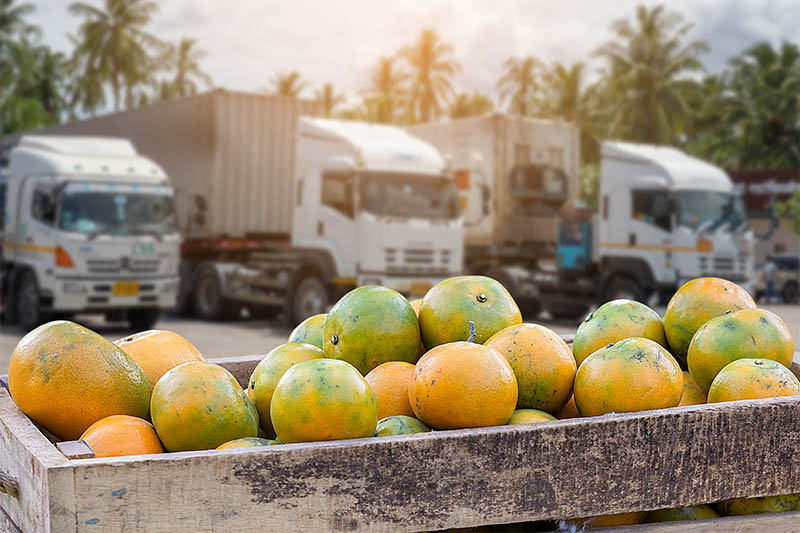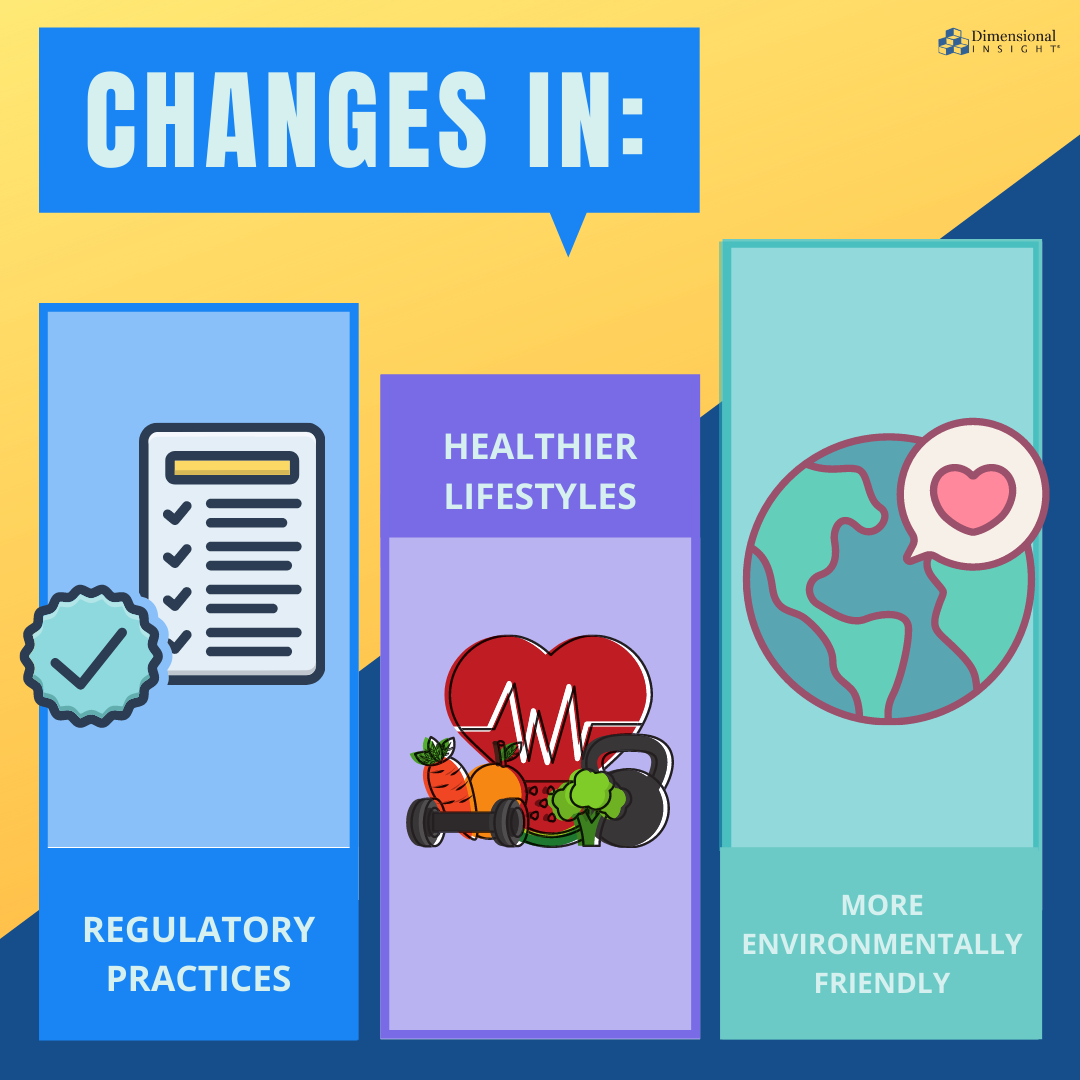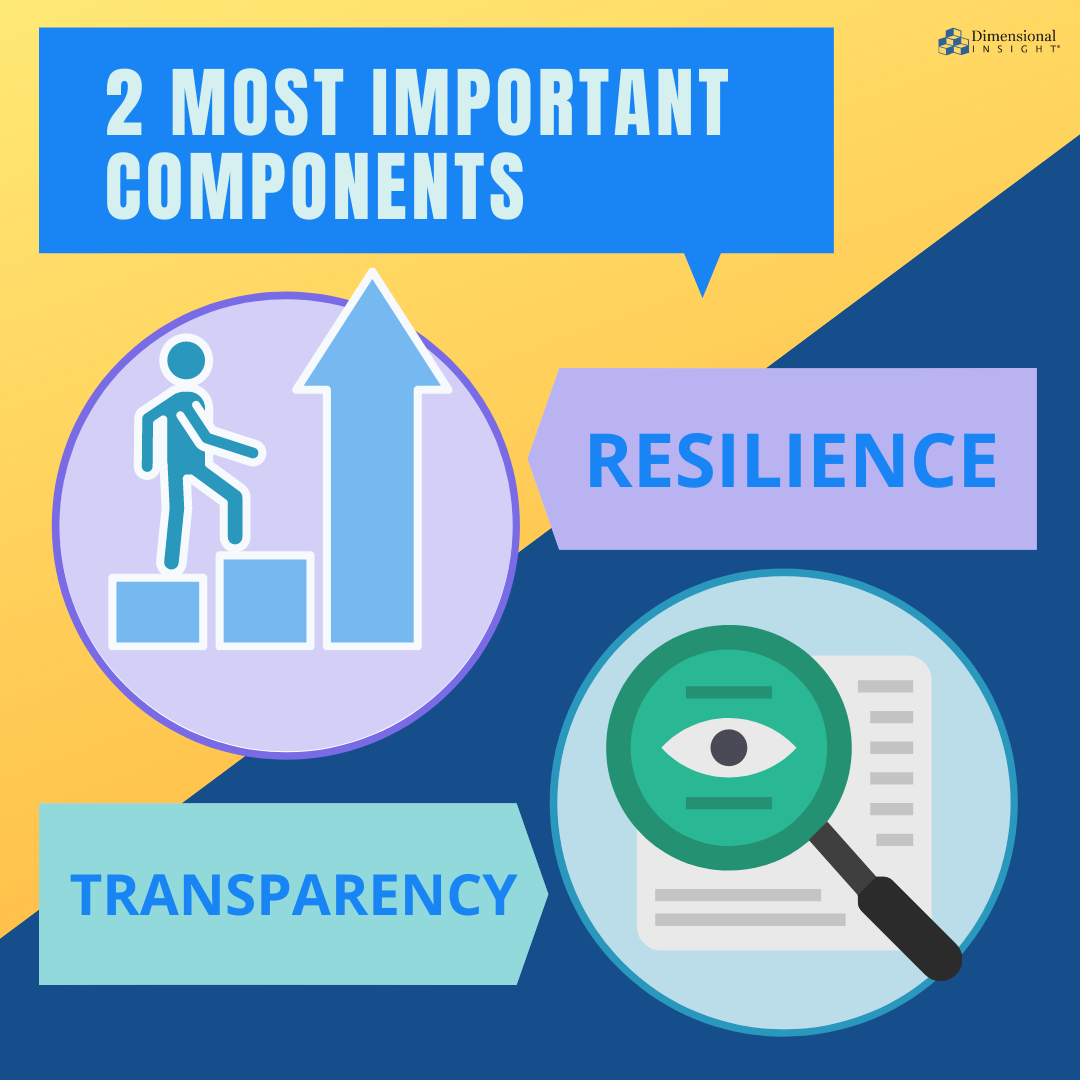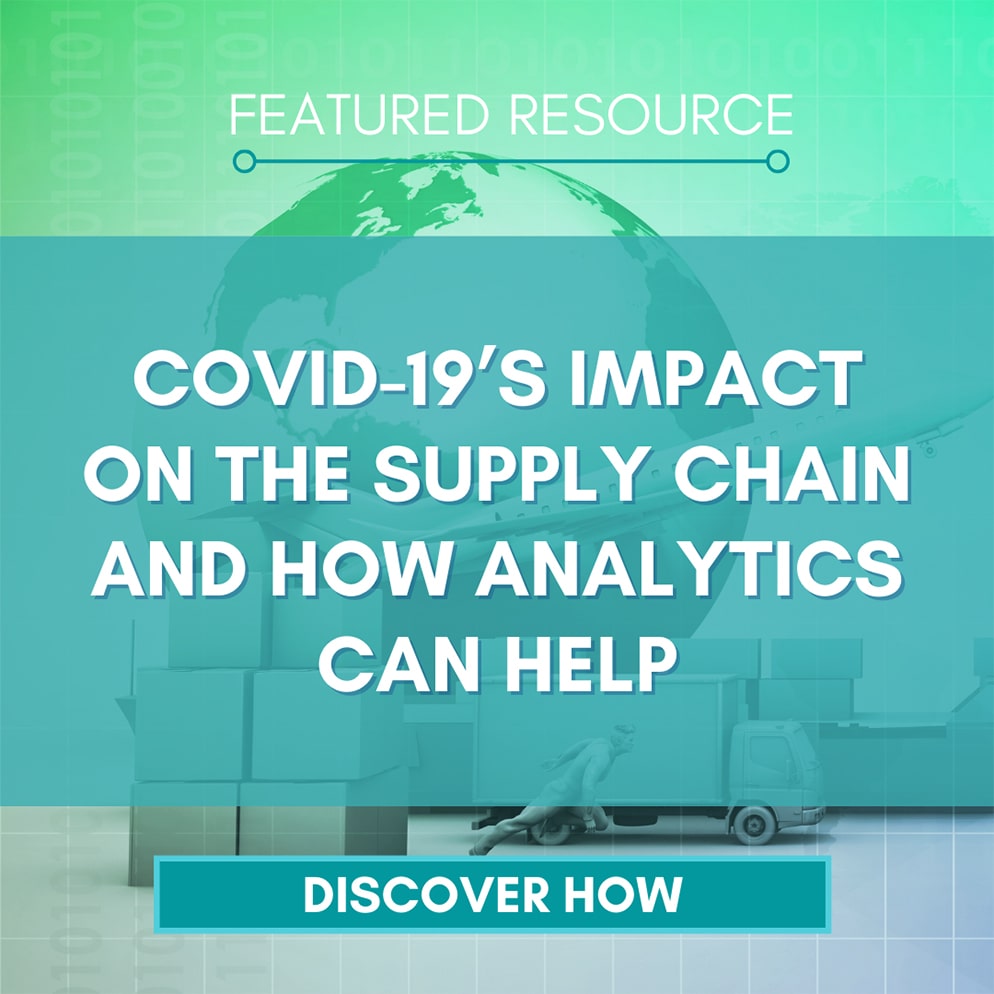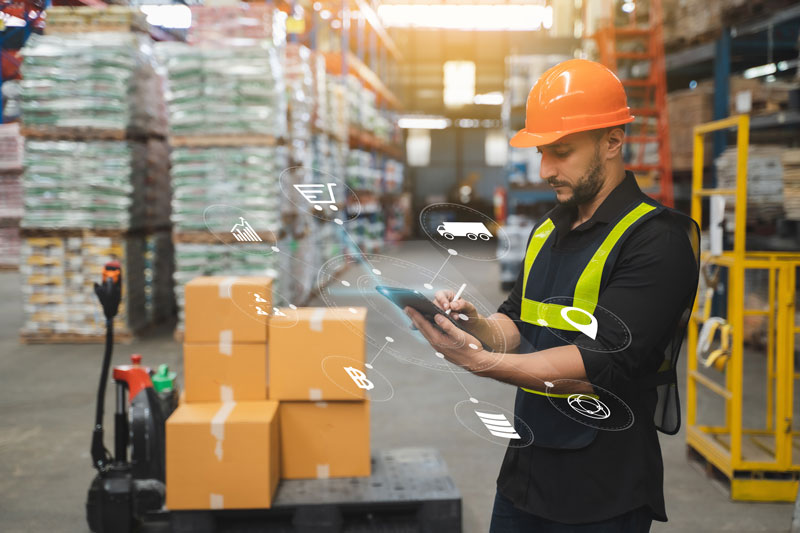One byproduct of a disruption is that it forces organizations to look at the way they do business through a lens they might not have used before. The pandemic was one such disruption, and it has certainly had that effect on organizations within the food distribution industry.
Many organizations that have waited to invest in an analytics solution are now finding that they can’t put it off any longer. What can they expect from their investment?
It’s not just the pandemic
The global pandemic certainly impacted—and still affects – the food supply chain, just as it impacted that of many other industries. But it’s not just because of the pandemic or drastic weather events that organizations in the food industry will benefit from a deeper look at the data. There have been changes in regulatory practices, changes in the way people eat as they pursue healthier lifestyles, and a desire in the industry to be more environmentally friendly. Analytics can help organizations improve how they address all of these factors and more.
A wide range of solutions
Two of the most important components analytics can provide for food industry organizations are resilience and transparency. The most flexible solutions can provide insights into both. One of the problems the pandemic presented to organizations was the fact that they didn’t know where their problems were until they happened. In some cases, they may not have even known a part of their chain existed until that site was impacted. At the very least the pandemic forced most organizations to do a better job of mapping out their supply chain, knowing where their product is at every step of its process from source to consumer. This doesn’t just benefit the company—it’s the type of transparency customers have begun to look for as they buy.
Beyond the transparency it offers into the source of one’s food, tracking the flow of goods can allow organizations to address issues, whether those are proactive or reactive. Sensors can provide data that includes the temperature of containers with perishable items, and if that temperature is not suitable, the company knows that and can address the situation before the food reaches its destination. The data can also be predictive, allowing a company to see the ideal route for perishable items, or how a weather event could impact the supply chain, and how to work around it.
A more sustainable model
Direct-to-consumer meal kits have provided competition to some organizations in the food industry. Having all of the ingredients necessary for a meal delivered right to one’s doorstep, and often knowing where all of those ingredients come from, is something many consumers find appealing. The complaint over the years, both for the meal kit companies as well the other organizations, is that the food supply chain is not very environmentally friendly.
The direct-to-consumer companies have turned to data to try to address that issue. An organization like HelloFresh, for example, uses advanced analytics, machine learning, and predictive tools to more accurately gauge order volume, and can accurately predict what customers will be ordering with high accuracy. This predictive model, as opposed to stocking a variety of items that customers may or may not buy at a grocery store, can reduce food waste.
So where does a business start, if it hasn’t already? The Food and Drug Administration (FDA) announced the New Era of Smarter Food Safety Blueprint in the summer of 2020, offering a road map to leveraging technology and other tools to create a safer and more digital, traceable food system. Organizations that had taken steps like these before the pandemic were the ones that were best prepared to weather that disruption. For other organizations, there’s no time like right now to leverage data in a way that can set up success for the future.
- Summer is an Opportunity for Digital Transformation in Education - April 17, 2024
- Your Car is Tracking More than Miles per Hour - April 11, 2024
- Data Can Help Provide Equal Footing in Cannabis Space - April 3, 2024

